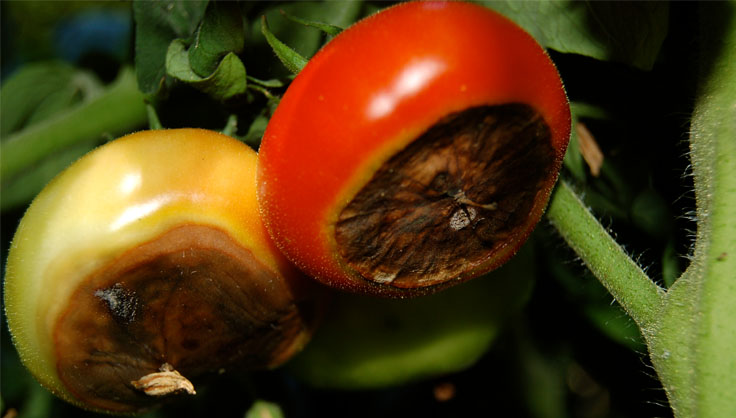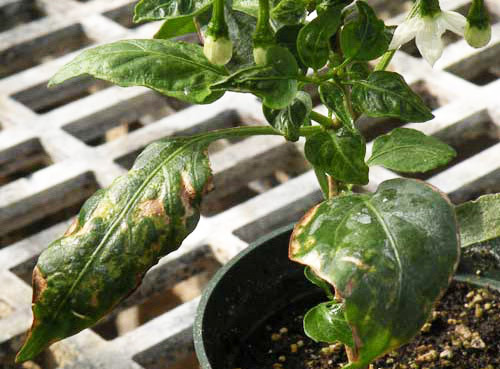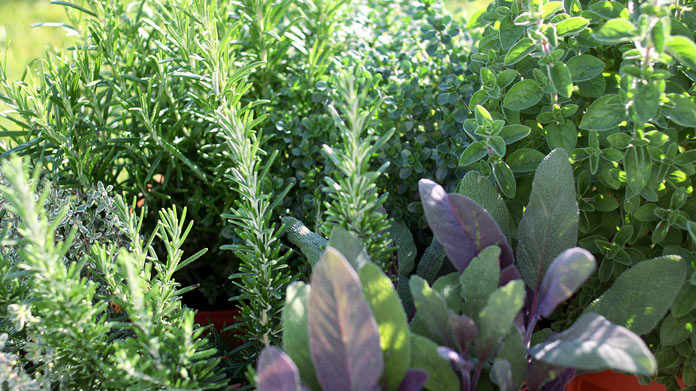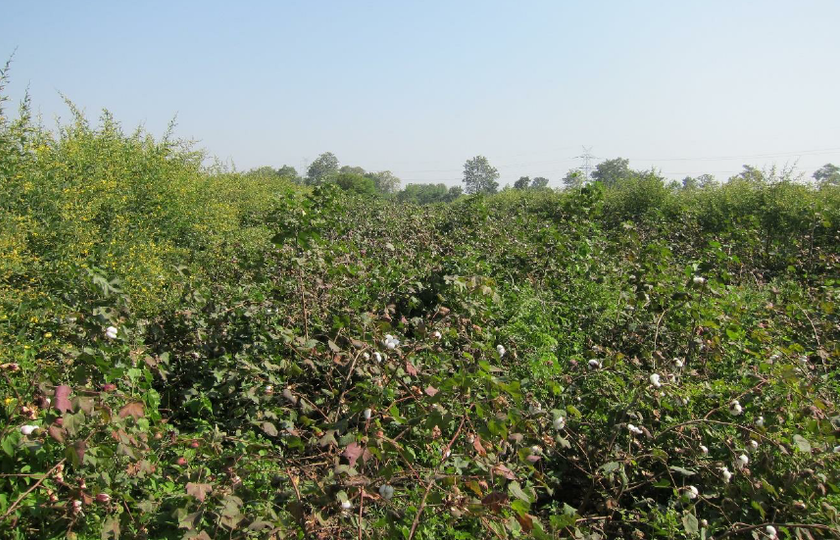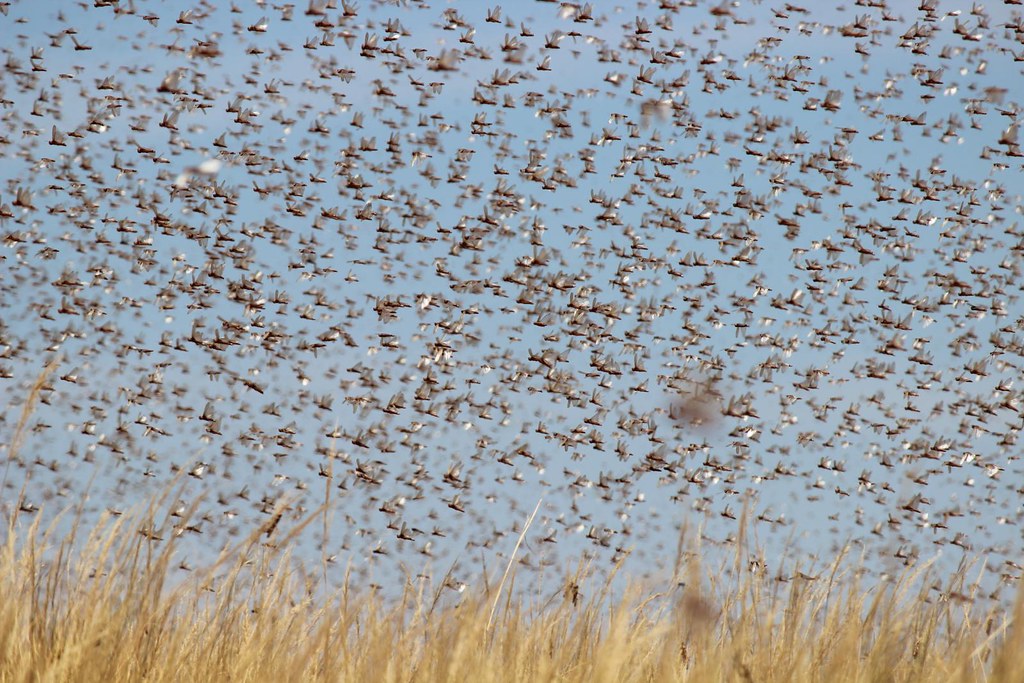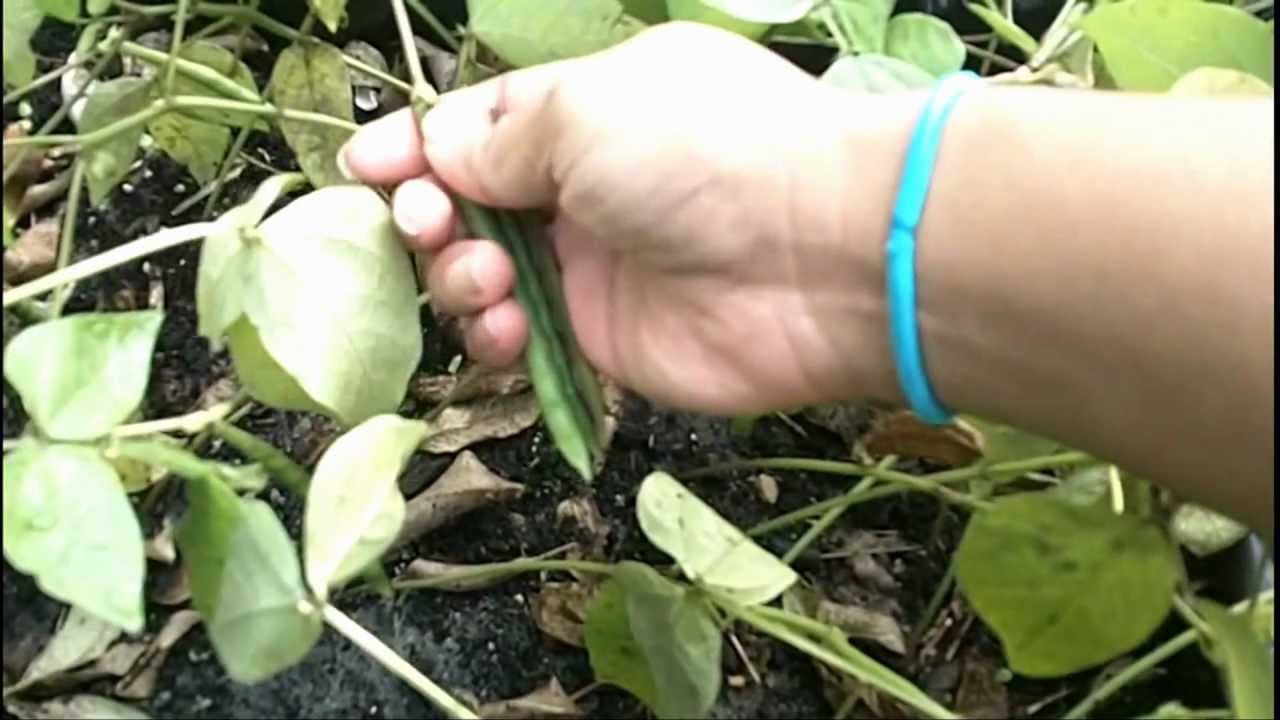- It is a somatic disorder that occurs in fruits due to calcium deficiency.
- Use FYM in the field before 15 days transplanting.
- Spraying Calcium EDTA @ 150 gm/ acre twice if symptoms of deficiency appear. Or
- Spraying of Metalaxyl 4% + Mancozeb 64% WP 30 gm and Kasugamycin 3% SL 25 ml per 15 liters of water and On the fourth day, sprayed with chelated calcium 15 gm + Boron 15 gm per 15 liters of water.
Will Amphan effect the monsoon, differences in scientists, know when monsoon will come
The Amphan cyclone has been transformed into the first super cyclone of this century and this has led to severe rain and stormy winds in the eastern part of India. There are some differences among meteorologists regarding how much effect this super cyclone will have on the coming monsoon.
While some meteorologists had predicted a 4-day delay in the arrival of the monsoon due to the storm, scientists at the private weather forecasting agency Skymet believe that the monsoon will remain at its own pace this year and it will knock on the Kerala’s coast on Two days before fixed date 1 June, ie on 28 May.
Skymet managing director Jatin Singh said on the topic, “The southwest monsoon has reached the Andaman Sea and surrounding areas 5 days ahead of its time. It usually takes 10 days to reach the coast of Kerala. However, The arrival of the monsoon in the Andaman Sea and Kerala is not related to the arrival of the rest of the country. ”
Source: Aaj Tak
ShareKeep Chilli plants safe from Thrips attack
- Thrips insect both adult and nymph cause damage to plants.
Their adults are small, thin, and have brown feathers, the same nymphs are of a pale size. - Wrinkles are seen in the leaves of Chili infected with thrips and these leaves turn upwards.
- In the initial stage stop the growth of plants, production of flowers, and production of fruits.
- To control this, spray Profenophos 50% EC @ 30 ml or Acephate 75% SP @ 18 gm or Fipronil 5% SC @ 25 ml mixed with 15 liters of water.
Know what is herbal farming which will get 4000 crores from Aatm Nirbhar Bharat Package
Prime Minister Narendra Modi had announced Rs 20 lakh crore under the Aatm Nirbhar Bharat Package to deal with the situation created by the Corona tragedy. A large part of this large package is going to be planted in the agriculture sector, which was later announced by Finance Minister Nirmala Sitharaman. The government is going to spend a huge amount on every small and big area under agriculture. In this episode, it has been said that the government will spend Rs 4000 crore in the field of herbal farming.
What is herbal farming?
Under herbal farming, farmers cultivate plants that are used to make Ayurvedic medicines and personal care products. Under this, medicinal plants like Ashwagandha, Tulsi, Aloe vera, Atish, Kuth, Kutki, Karanja, Kapikachu, Shankhpushpi, etc. are cultivated.
Referring to herbal farming, Finance Minister Nirmala Sitharaman said that Rs 4000 crore has been sanctioned to further promote this sector. She said that in the next two years, herbal crops will be cultivated on 10 lakh hectares of land.
ShareKnow the advantages of intercropping method in cotton crop
- Taking two or more crops in the same area in different queues at the same time is called intercropping.
- Crops such as moong or urad can be grown with shallow roots and ready in a short time between the vacant spaces between rows of the cotton crop.
- Inter-cropping will also increase the additional profits and weeds will not be put on the space.
- Inter-cropping helps prevent soil erosion during rainy days.
- By this method, a variation of crops keeps the crop safe from diseases and pests.
- This method serves as an insurance against the failure of crops in more or less rain. Which avoids the risk of farmers, because even after a crop is destroyed, the yield of the supporting crop is available.
Identification and prevention measures of damping off disease in chilli nursery
- This disease can occur in two stages in the nursery. In the first stage, before germination, the chilli seeds rot from the fungus, in the second stage after germination, the stem base starts to rot.
- Due to this weak and sticky stem, water-filled, brown, brown, or black sores are visible.
- Due to this weak and sticky stem, water-filled, brown, or black sores are visible.
- After this, the stem shrinks and the plant falls to the ground and dies.
- To prevent this, Trichoderma viridi 4 gm or Carboxin 37.5% + Thiram 37.5% WP 3 gm per kg of seed treatment.
- To prevent this, spray 30 gm Thiophanate methyl 70% WP or 30 gm metalloxyl 4% + Mancozeb 64% WP with 15 liters of water spray in the soil.
Amphan Cyclone may cause rain and hailstorm, farmers should take these precautions
Cyclone Amphan, which rose from the Bay of Bengal, has taken a very formidable form on Monday. At a rapid speed of 195 kilometers per hour, the Cyclone will knock off the coast of West Bengal on the evening of 20 May. Apart from West Bengal, its impact can be seen in the areas of Odisha, Bihar, Jharkhand, Chhattisgarh, Madhya Pradesh, and Uttar Pradesh.
Although the speed of the Cyclone reaching Madhya Pradesh will reduce to 35 to 40 km per hour, there will be a possibility of rain and hailstorm with strong winds. The Meteorological Department believes that this storm will knock over Madhya Pradesh in the next 24 hours.
However, rains and hailstorms with gusts of 35 to 40 km per hour can harm agriculture. Nowadays a huge amount of agricultural produce is reaching the market and procurement centers. Thousands of quintals of wheat are kept in open these days at procurement centers, which may damage. Along with the rains with strong wind, other vegetables including onions can also be damaged.
Farmers should take these precautions given the impact of cyclone
- At the ripening stage of summer mung bean crop either Start harvesting immediately or for proper management of drainage, dig a one-foot deep drain nearby so that the water does not stay in the field for long and the land dries quickly.
- After rain or as the first decomposer, spread 4 kg speed compost and 45 kg urea per acre in the field so that crop residue can rot quickly and increase soil fertility.
- To protect against diseases when the sky is clear after the storm, where the moong/urad crop is in a green state, 30 gm Thiophanate methyl 70% WP or 250 ml azoxystrobin 11% + tebuconazole 18.3 SC or 300 gm Chlorothalonil 75 WP Mix in 200 liters of water and spray at the rate of one acre.
- If the caterpillar appears, spray 100 ml lambda Cyhalothrin 4.6% + Chlorthanilyprol 9.3% ZC insecticide in 200 liters of water and spray it per acre.
- After harvesting, do not keep the product in an open field, keep it in a splash, room, warehouse or any place where rainwater does not come and when the sky is clear, dry it in a strong sun so that the moisture does not spoil the moong/urad grains.
- Properly manage the drainage in cotton and chilli nursery so that the water does not stay in the field for long.
- When the sky is clear, use fungicides in cotton and chilli nursery. In which 30 grams of Thiophanate methyl 70% WP or 30 grams of Metalaxyl 4% + Mancozeb 64% WP is sprayed with 15 liters of water. And to avoid pest attack, spray 100 gm Thiamethoxam 25% WG or 100 g acetamiprid 20% SP per acre with 200 liters of water.
- To manage the drainage well in the field of vegetables and to prevent disease, 300 gm Thiophinate Methyl 70% WP or 250 ml Azoxystrobin 11% + Tebuconazole 18.3 SC or 300 g Chlorothalonil 75 WP mixed with 200 liters of water Spray at the rate of one acre.
- When the pest is visible in the vegetable crop, spray 100 ml Lambda-cyhalothrin 4.6% + Chlorantraniliprole 9.3% ZC insecticide in 200 liters of water and spray it on the field per acre.
Locusts team knocked in Madhya Pradesh, Can cause heavy damage to crops
The largest enemy of your crops, Locusts team has now started coming from Rajasthan to Madhya Pradesh. This information was given by Ajit Rathore, Deputy Director, Agriculture Welfare Department, Mandsaur. Let us know that it’s an outbreak in Neemuch district of Madhya Pradesh has started to be seen on crops.
These locusts eat the green leaves of crops immediately. These locusts simultaneously attack in large quantities and cause great damage to the crop.
These locusts fly around during the day and sit at night. To avoid the locust outbreak, Ajit Rathore has requested all the farmers to run the cultivator in the night time if they see the locusts sitting in their fields together in the evening. Apart from this, he said that run the pillar, iron pipe, or any other such thing behind the cultivator. By doing this, the land behind will be leveled again and the locusts will die.
Explain that if these locusts are alive, then they will end the greenery of the fields. They eat all the green leaves and destroy them.
ShareHow to do harvesting and threshing of summer Green Gram
- The moong crop ripens in 65 to 70 days, that is, the crop sown in the months of March-April is ready by May-June.
- Its beans become light brown or black when ripened.
- The mature beans become light brown or black when harvestable.
- The beans of plants ripen unevenly. If all the legumes of the plant are waiting to ripen, the more ripe pods start to crack, so do the chopping of the beans in 2-3 times as soon as they turn green to black. And later cut the crop with plants.
- Harvesting of legumes in premature age deteriorates both the yield and quality of the grains. Sickle Chopped and dried in the field after drying for a day, it is dried.
- After harvesting crop by Sickle drying for one day in the field, and after that drying in the threshing floor. After drying, threshing can be done by beating the sticks or by using a thresher.
- Mix the crop residue in the ground by running a rotavator so that the crop residue works as green manure. With this, about 10 to 12 kg per acre of nitrogen in the soil is supplied for the next crop.
How to do soil treatment in early cauliflower nursery
- While making nursery beds, add FYM to the land @ 8-10 kg per square meter. 25 grams of Trichoderma viride should be mixed at the rate of per square meter to protect against damping off diseases. Or
- To protect the plant from the damage by damping off disease, drenching with 3 ml Metalaxyl 4% + Mancozeb 64% WP or 2 gm of Thiophanate methyl 75 WP in one liter water.
- To protect the plants from the attack of sucking pests @ 0.5 gm Thiamethoxam 25% WG per square meter at the time of nursery preparation.

